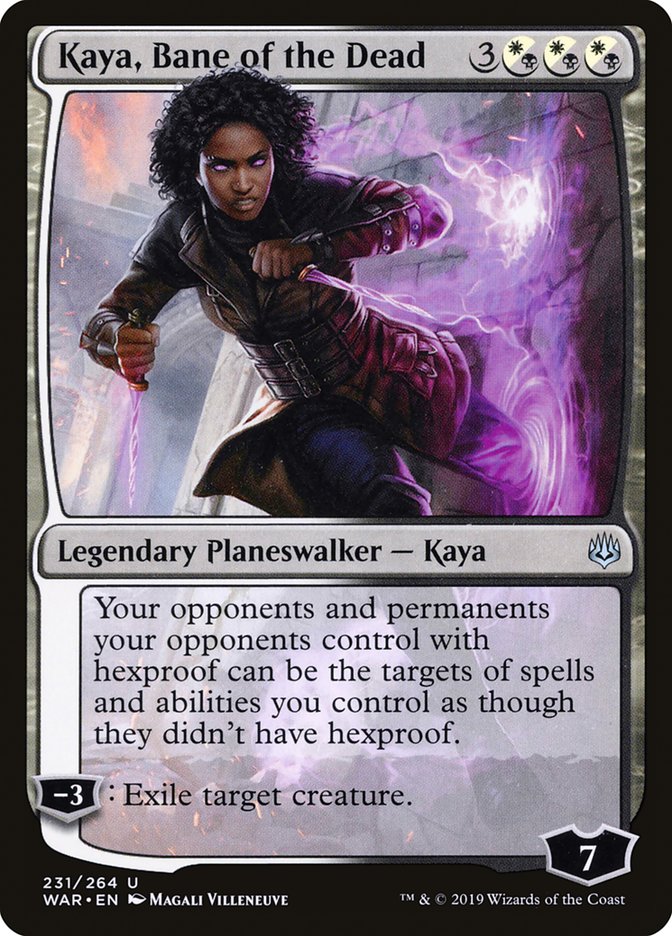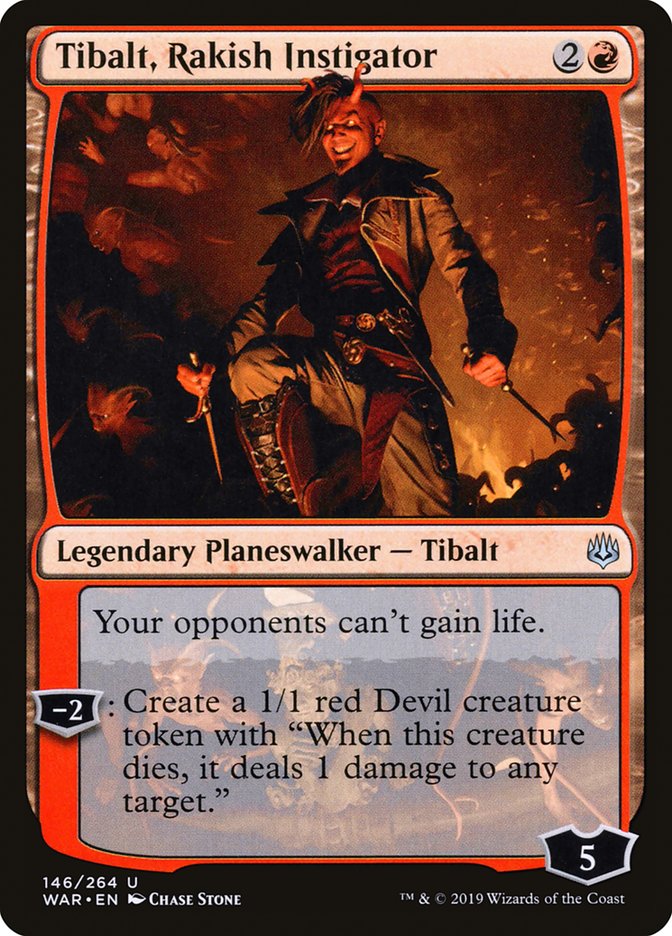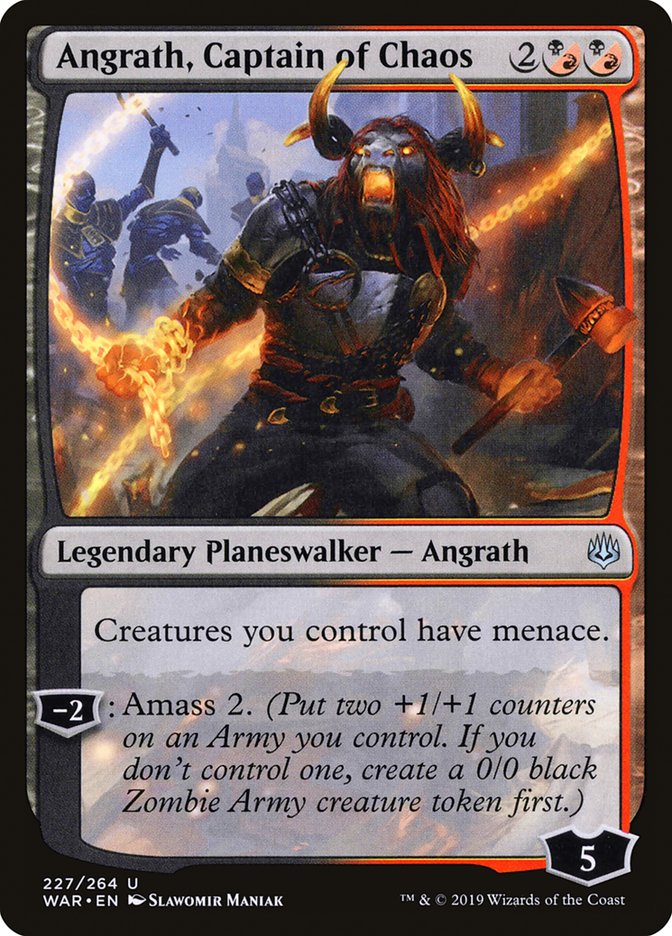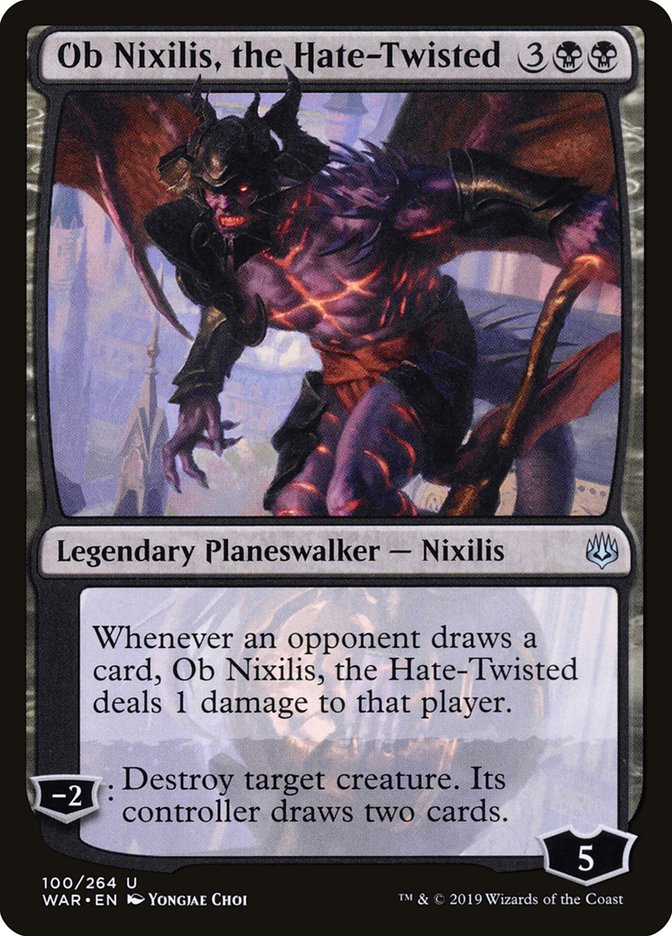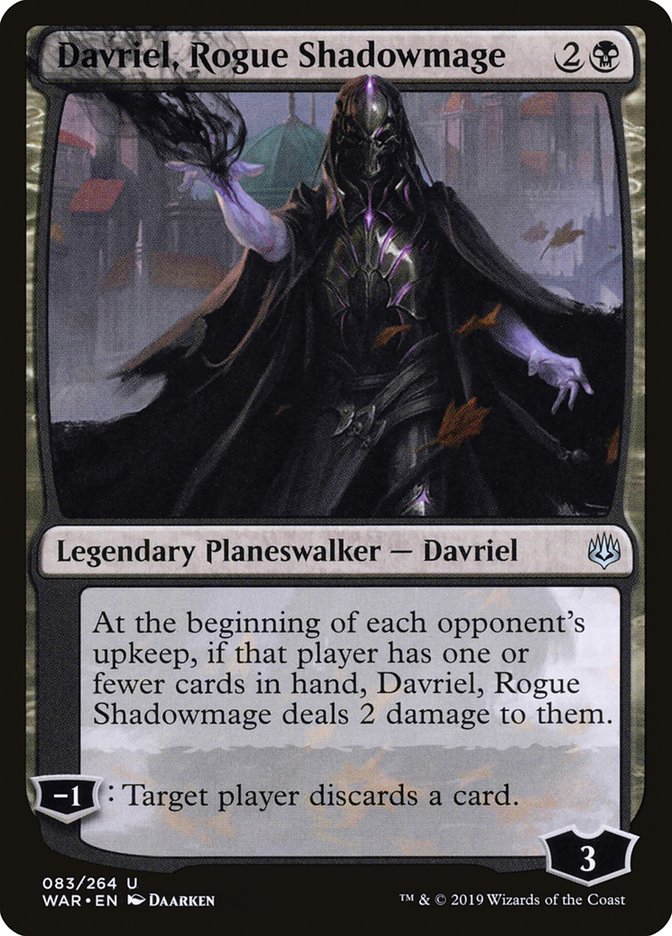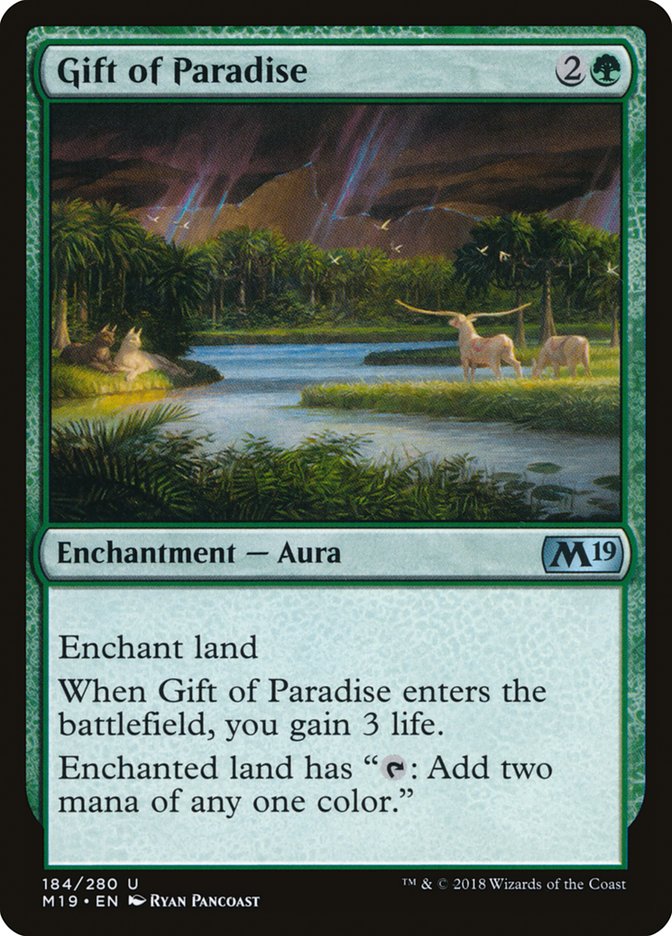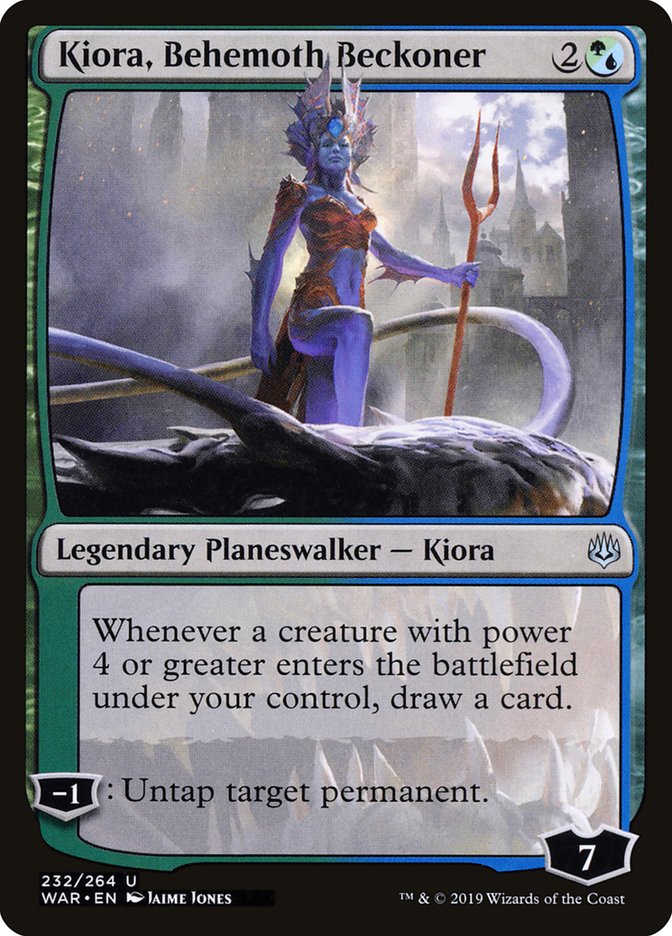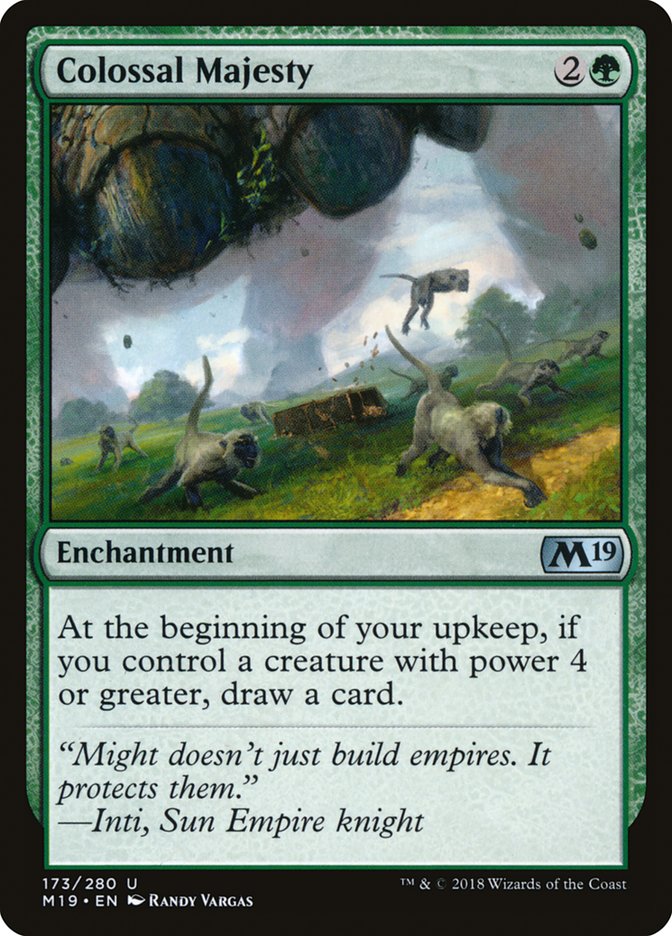Every once in a while, Wizards of the Coast will do something different. Something that breaks the mold of what we know. The last time WotC introduced something so novel was with Vehicles in Kaladesh. In Kaladesh, Renegade Freighter was the bogeyman of the format. It was a colorless common on a power level higher than the majority of uncommons. At the beginning of the format, everybody thought Renegade Freighter would be good, but very few knew it would be S-tier. Even Luis Scott Vargas only gave it a 3/5 in his Limited Set Review.
Evaluating new cards is hard. We’ve seen planeswalkers before, but in War of the Spark, they look different. Every planeswalker in this set has a static or triggered ability. How will this additional texture to planeswalkers affect their impact and role in a game of Limited?
Some of the planeswalkers in War of the Spark have static abilities that are essentially flavor text. Yes, Kaya, Bane of the Dead can kill Wardscale Crocodile. And Tibalt, Rakish Instigator does prevent the lifelink swings from Sorin, Vengeful Bloodlord. However, these scenarios are few and far between. For all intents and purposes, Kaya is six mana for one or two removal spells, and Tibalt is three mana for one or two Devils. But for many of the planeswalkers in the set, evaluating them is much more complicated.
Consider Angrath, Captain of Chaos. Angrath makes a 2/2 Zombie Army token. This token will then either protect Angrath and the following turn he will make another 2/2, or with enough defense, Angrath can just make the Zombie Army a 4/4. Four mana for one 4/4 or two 2/2s is a solid rate.
But this evaluation entirely disregards the clause, “Creatures you control have menace.” And that clause changes everything.
Angrath can potentially facilitate an alpha strike the turn he comes down because of the granted menace. Then, if the opponent wants to remove Angrath from the battlefield, they need to attack him, which leaves the opponent open to another attack the following turn. We are so used to evaluating planeswalkers on their loyalty abilities that it’s easy to think of the rest as flavor text. Don’t. Angrath functions as so much more than a creature. He can function like a Falter effect as well. Angrath, as long as you have a battlefield presence, provides reach.
There are more planeswalkers in the set that provide reach. Davriel, Rogue Shadowmage’s main role is to function as a Mind Rot, and Ob Nixilis, the Hate-Twisted’s main role is to function as a split card between removal and card filtering, but their abilities press advantage on a different axis. If Davriel or Ob Nixilis sits around on the battlefield for a while, each will eventually deal a relevant amount of damage.
The question, just like Angrath, becomes whether those abilities require attention. Angrath’s ability has an immediate impact on the game, where Ob Nixilis’s and Davriel’s abilities are more of a grind over time. For both planeswalkers, it’s possible that the opponent can choose to ignore them, let you get the advantage, and pressure your life total instead. If your opponent casts a creature every turn and you spend mana for a planeswalker that doesn’t put a creature on the battlefield, you can lose a substantial amount of tempo. Because the value of the static and triggered abilities stretches over time, I would not advise focusing on them in the same way that I did for Angrath, Captain of Chaos. The only difference to point out is that, since Ob Nixilis can force the opponent to draw cards, it can function like a Lava Axe if need be.
The last type of ‘walkers to consider for Limited are the ones that don’t have card advantage built into their loyalty ability, but the static or triggered ability. Angrath, Davriel, and to some extent Ob Nixilis all have a loyalty ability that is meant to press advantage. Kiora, Behemoth Beckoner doesn’t function on that axis.
If you only use Kiora as a ramp spell, she will play just like Gift of Paradise. If you have large creatures and are capable of protecting her, she’ll play just like Colossal Majesty. And she has the additional benefit of giving a creature psuedo-vigilance. As was true in Core Set 2019, Colossal Majesty is not an easy ability to trigger and I imagine Kiora will be the same. Hence, her evaluation will depend more on the ramp and vigilance aspect of her play patterns. Don’t ignore the triggered ability but view it purely as gravy.
Overall, it’s important to understand how the static and triggered abilities attached to the planeswalkers in the set affect their evaluation and play patterns. Each ability is designed to let the planeswalker attack on a different axis. Most of the planeswalkers can function as two different effects depending on if you play to maximize the loyalty ability or the static/triggered ability.
One of the biggest problems to solve in this format will be discerning which way to use your ‘walkers. The next step to approaching this question is using this understanding to when to attack a planeswalker, and similarly, when to protect your own. The normal heuristic in Limited is to always remove the planeswalker from the battlefield, but in War of the Spark, it can be correct to ignore planeswalkers after they’ve done their thing since the uncommon ones cannot tick up.
This is especially true with cards like Aid the Fallen in the set. I’ll delve into this next step on Thursday!


